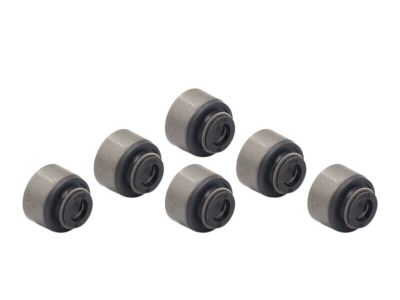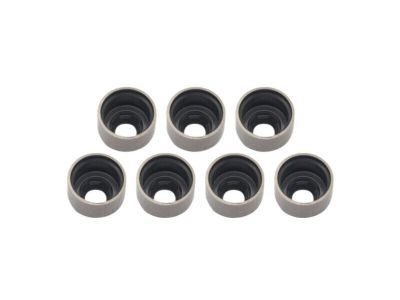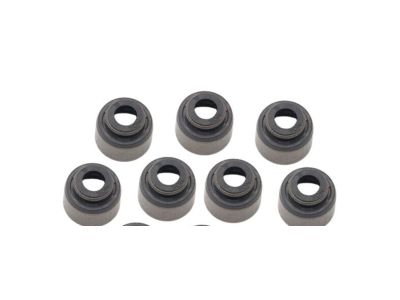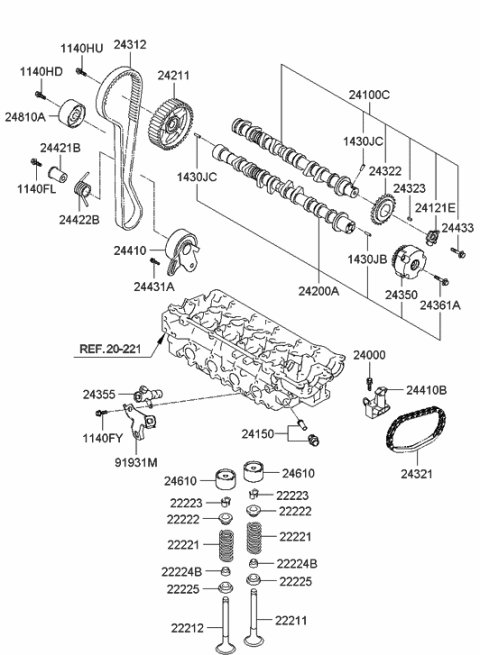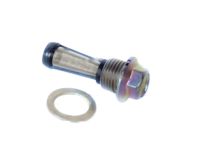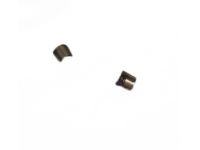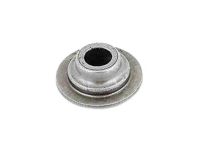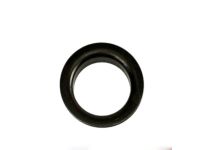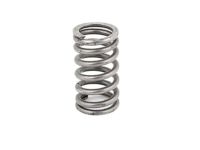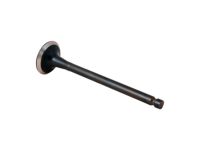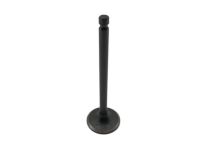Select the OEM Part #22224-23500 Seal-Valve Stem. It can be referred to as Valve Stem Seal. This part is compatible with 1995-2010 Elantra, 2000-2009 Santa Fe, 1998-2005 Sonata, 2004-2009 Tucson. Premium OEM quality parts improve performance and extend the life of your vehicle. They undergo strict quality checks and are built to Hyundai's factory specifications for proper installation.
HyundaiPartsDeal.com is a top provider of genuine Hyundai components and accessories. Looking for budget-friendly Hyundai OEM parts? Your search ends here with our wide range of genuine Hyundai products. Our economically priced parts come with the manufacturer's warranty to make sure you get your money's worth. Experience a smooth shopping journey with our fast delivery and easy return policy.


